Diseases Caused by Poor Personal Hygiene & How to Prevent Them
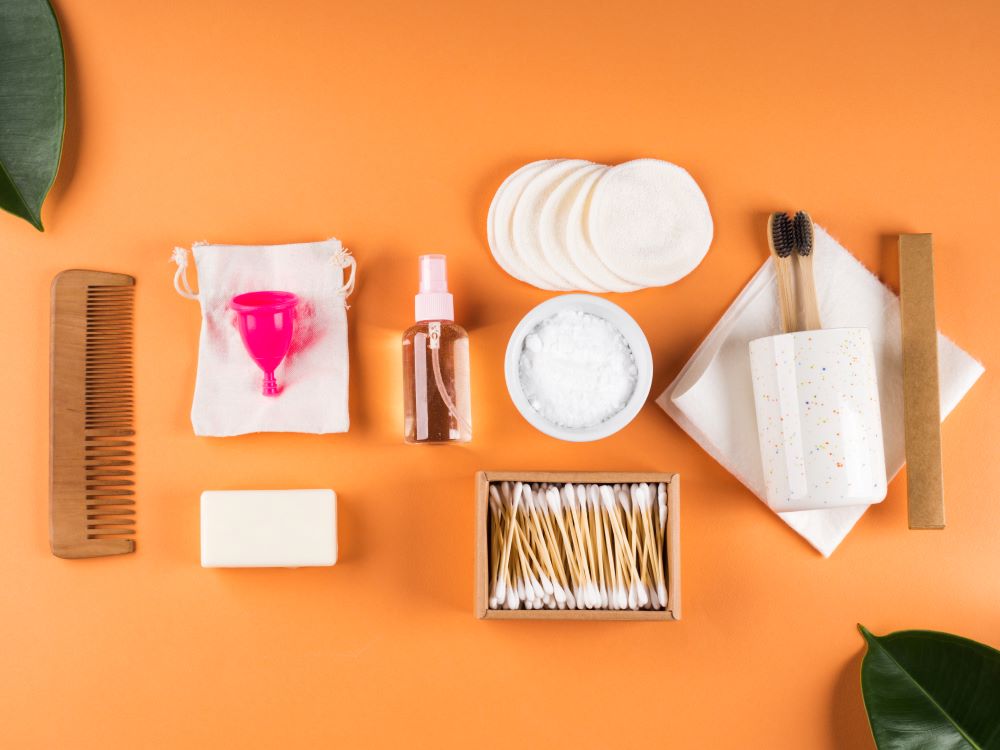
Personal hygiene refers to the ways by which you take care of your body. Maintaining proper personal hygiene is essential as it lowers the spread of sickness and the odds of medical conditions when you do not take care of yourself.
Additionally, personal hygiene increases a person's self-confidence and plays a vital role in personal relationships.
Bathing regularly, wearing clean clothes, flossing and brushing the teeth daily, following a routine, and getting adequate sleep helps maintain proper personal hygiene.
However, not incorporating these healthy practices increases the odds of diseases caused by poor personal hygiene.

Table of Contents

What is Personal Hygiene?
Good personal hygiene means maintaining a clean body. It also helps shield you against diseases like COVID-19, colds, and the flu. Proper personal hygiene might also help you avoid infecting others. Maintaining the cleanliness and health of one's exterior body extends to good personal hygiene.
When people don't practise good personal hygiene, their body creates the perfect conditions for germs to proliferate and become infected. People may shun someone who practises poor personal hygiene in social situations, which can lead to loneliness and isolation.
What are the Causes of Poor Personal Hygiene?
Poor personal hygiene is a major problem that people must take care of. Poor personal hygiene can result from various other factors, including:
Diseases Caused by Poor Personal Hygiene and Their Symptoms
The body louse, also called cootie, is a parasite that lives on the human body. These infections are spread through person-to-person contact, poor personal hygiene, and people living in crowded conditions.
symptoms, are –
1. Body Lice
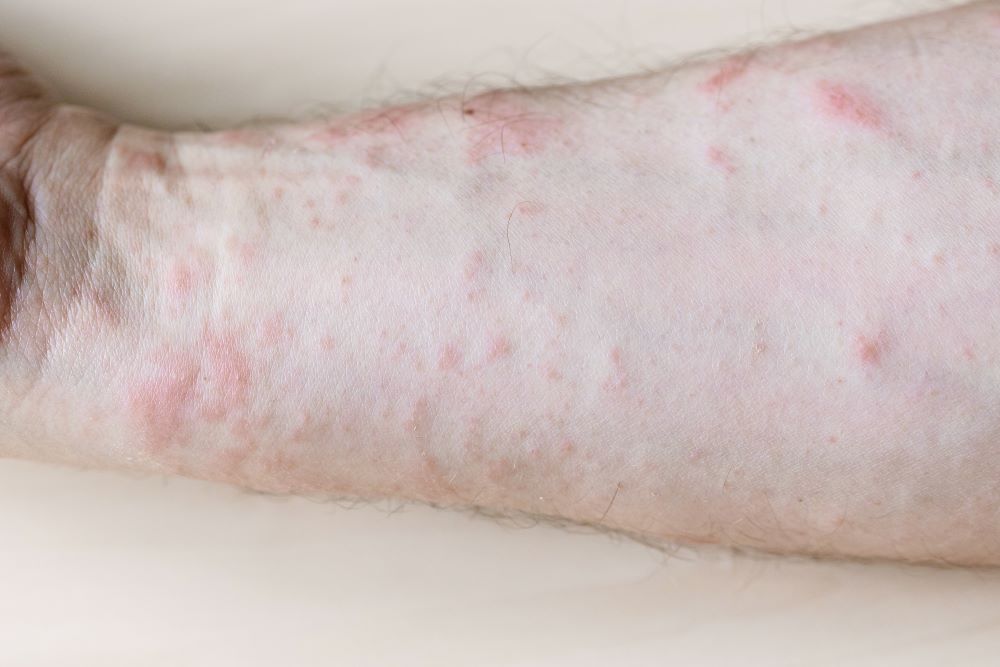
These infections are spread through person-to-person contact, poor personal hygiene, and people living in crowded conditions.
Symptoms – Intense itching, rashes, red bumps on the skin, darkened or thickened skin (especially near the groin or waist)
2. Scabies
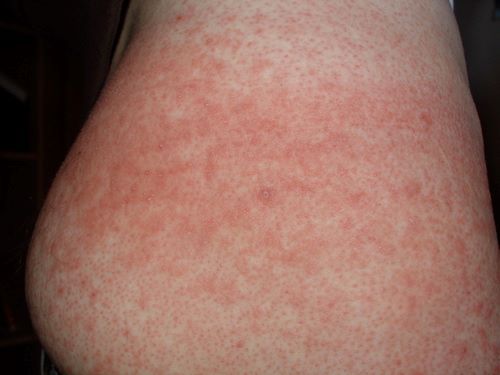
It is one of the major skin diseases caused by poor personal hygiene. It occurs when someone comes in close contact with a person having scabies mites or when people live in crowded unhygienic conditions.
Symptoms – Itching (at night), rashes, sores and thick bumps on the skin.
3. Trachoma
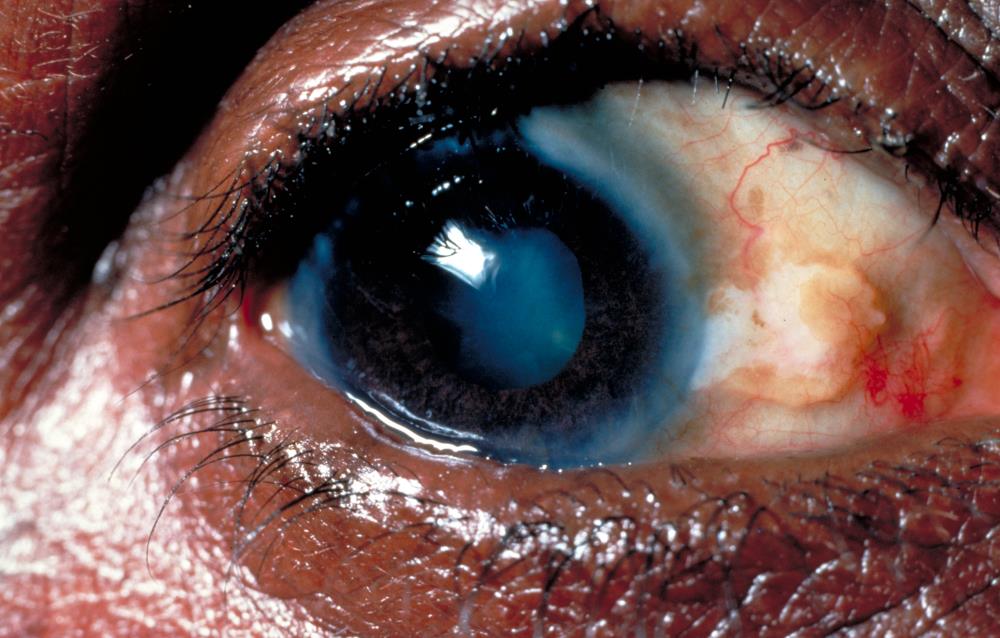
The bacterium, Chlamydia trachomatis, causes trachoma. It occurs due to poor hygiene or close personal contact. It is a common public health problem that causes visual impairment or blindness in the worst cases.
Symptoms – Mild itching in the eyelids and eyes, continuous eye discharge, eyelid swelling, photophobia, eye pain, eye redness and vision loss.
4. Lymphatic Filariasis
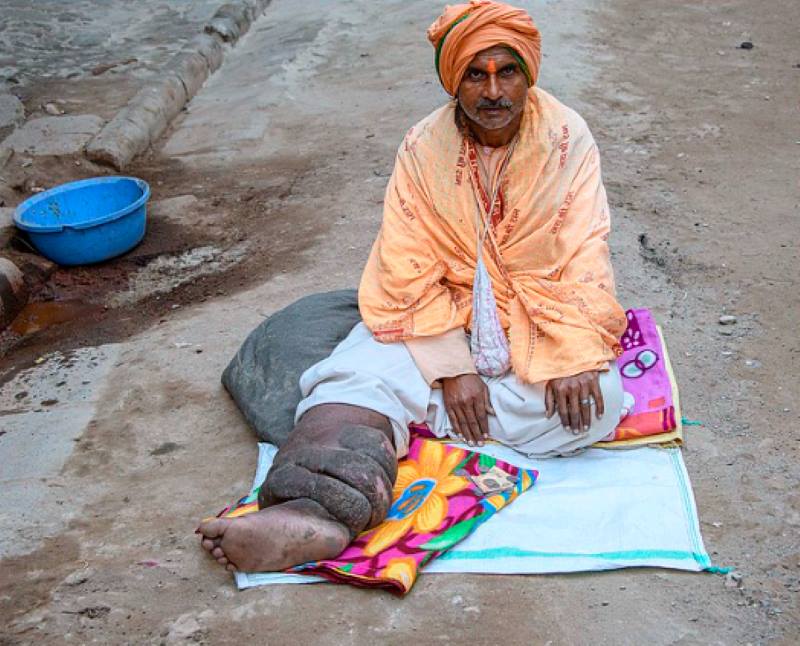
It is a neglected tropical disease (NTD). Infected mosquito bites spread it. Microscopic thread-like worms that reside in the human lymph system cause this disease. This is an extremely rare disease that needs medical diagnosis.
Symptoms – Inflammation, lymphedema, hydrocele and oedema.
5. Head Lice
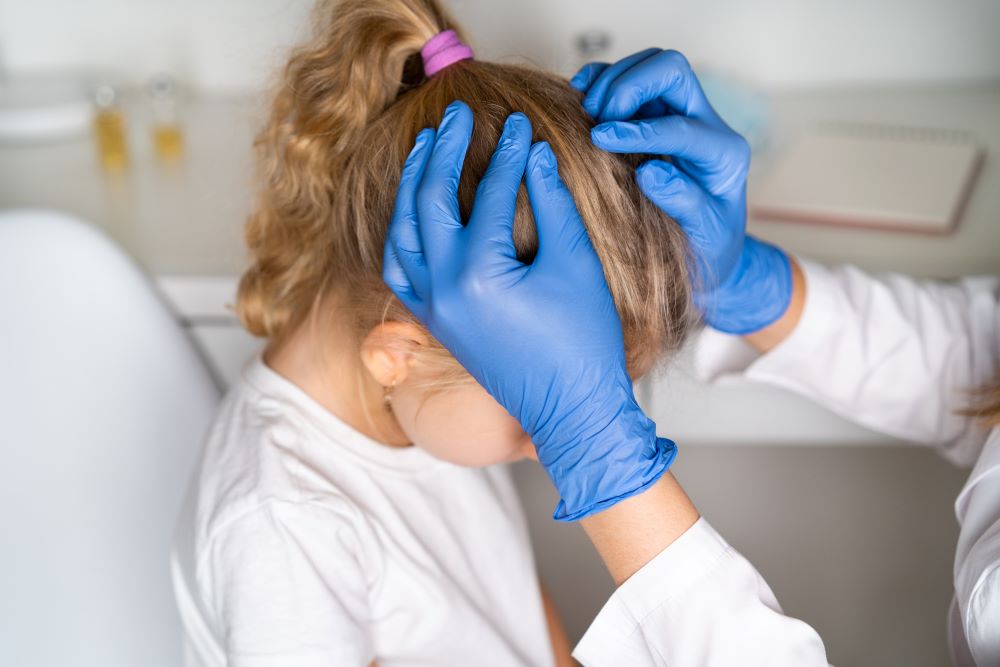
The most typical sign of head lice is itching on the scalp. This allergic reaction to head louse bites causes itching and an itchy feeling brought on by hair movement. As a result, sleeping becomes agitated and uncomfortable.
Symptoms: Itching, nicks in the hair, tickling in the scalp.
6. Staph Infections
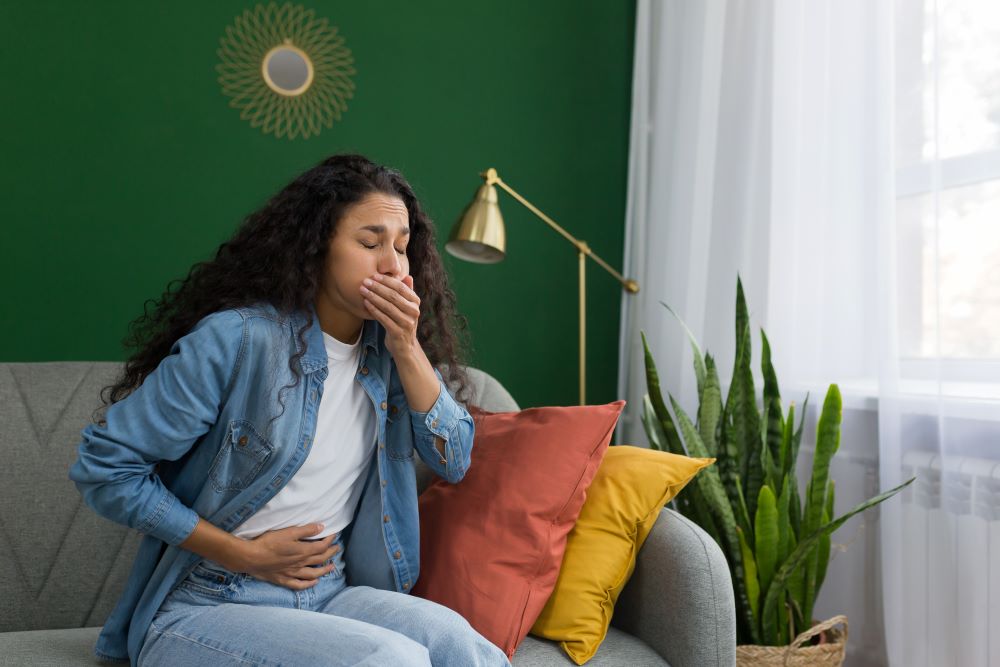
Staph bacteria infections can present with various symptoms, such as swelling, redness, and pain. If the infection is on the skin, it may manifest as a boil or pimple. If it happens on a bone, it might result in discomfort, swelling, and redness in the affected area.
Symptoms: Food poisoning, fever, diarrhoea, vomiting, and nausea.
7. Candidiasis
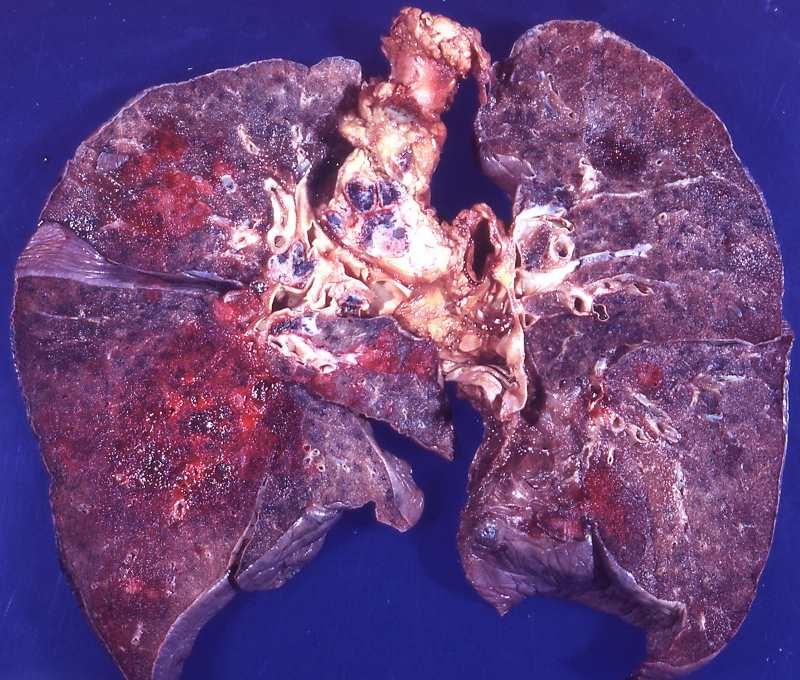
The yeast Candida albicans is the source of the fungal infection called candidiasis. It is usually found on the skin or in the mouth, throat, gut, and vagina. Before treatment, if the illness spreads throughout the body, it results in fatal heart, brain, kidney, or circulation infections.
Symptoms: White patches on the skin look like peeling or crusting in the genital areas.
8. Athlete's Foot
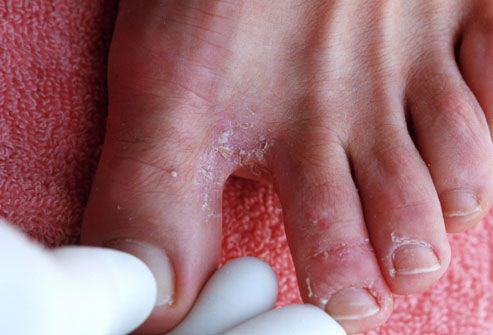
Athlete's foot is a fungal infection that usually starts between the toes from sweating from wearing shoes that are too small. The affected area results in a scaly, itchy rash that frequently leads to peeling skin.
Symptoms: White-coloured rash in between toes, itching, scaling.
9. Ringworm
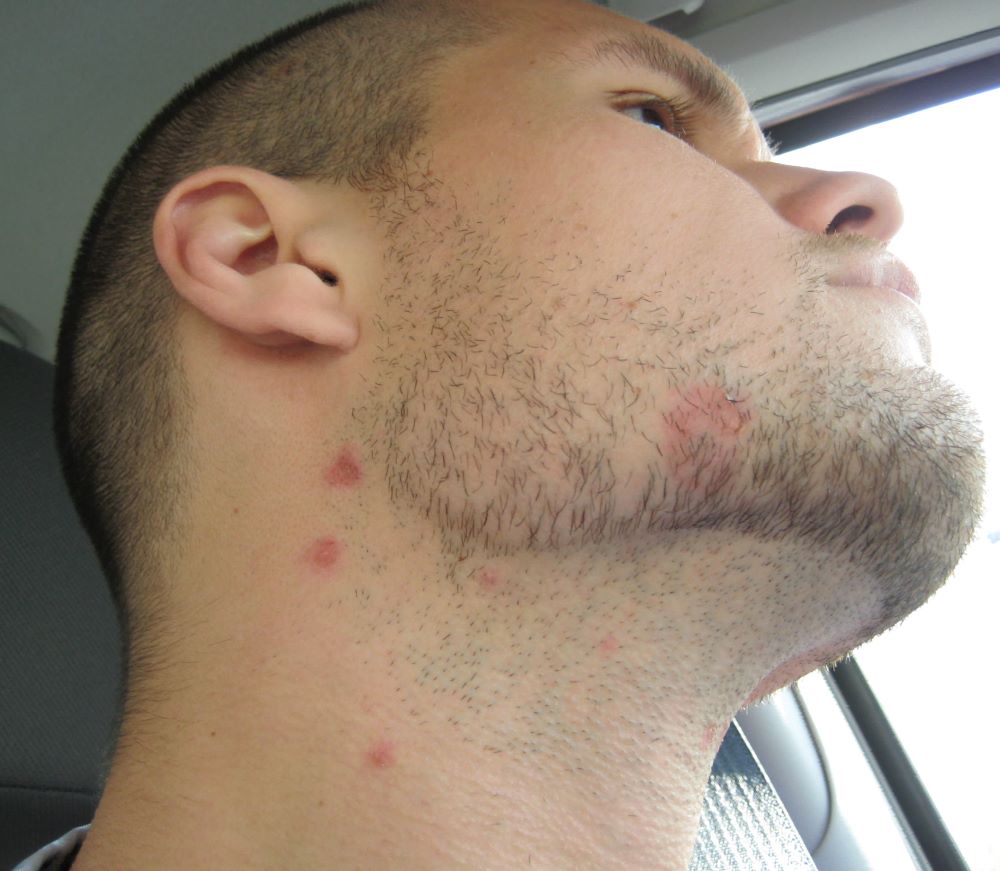
Ringworm is a rash that appears as an itchy, circular ring on the arms, legs, torso, and buttocks. On white skin, the colour changes to red; on black and brown skin, it changes to reddish, purplish, brown, or grey.
Symptoms: Red rashes, itching, scaling.
10. Giardiasis
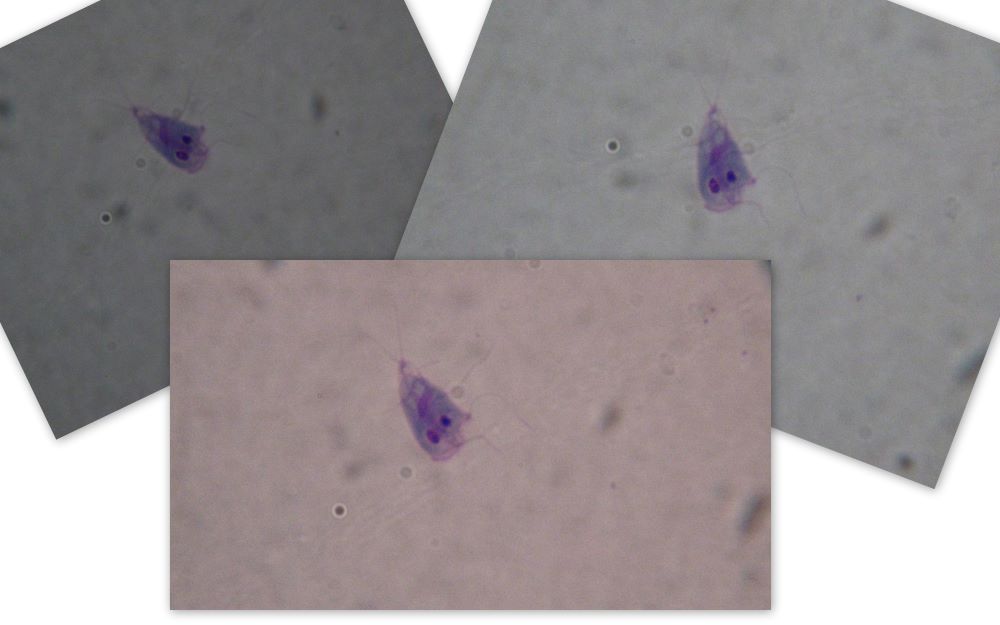
Giardiasis is a self-limiting infection of the intestine caused by Giardia lamblia. It spreads most easily through poor hygiene practices or contaminated water intake, and it is common in places with poor sanitation.
Symptoms: Diarrhoea, abdominal cramps, nausea, vomiting, weight loss.
11. Pinworm Infection
These are small intestinal parasites transmitted through poor hygiene practices, such as not washing hands properly after passing stool. You can also contact them if you come in contact with open stools.
Symptoms: Itching at the anus, irritability, difficulty sleeping, visible worms in stool or around the anus area.
12. Impetigo
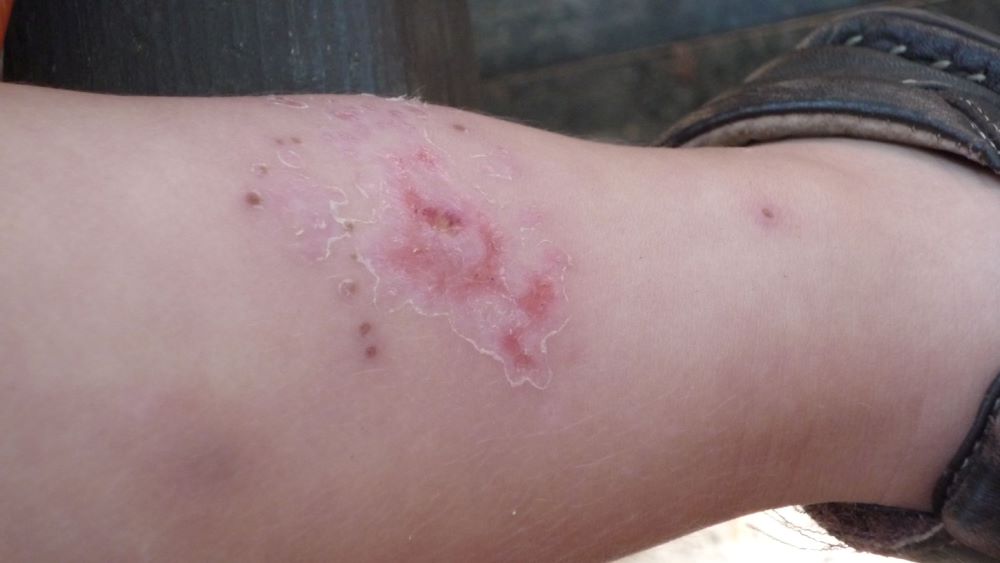
Impetigo mainly affects infants and children. Impetigo is a highly contagious bacterial infection of the skin caused by poor hygiene, such as infrequent hand washing or touching infected sores.
Symptoms: Rapid development of red sores that rupture quickly, followed by oozing that forms a yellow-brown crust; itching; swollen lymph nodes.
13. Pubic Lice (Crabs)
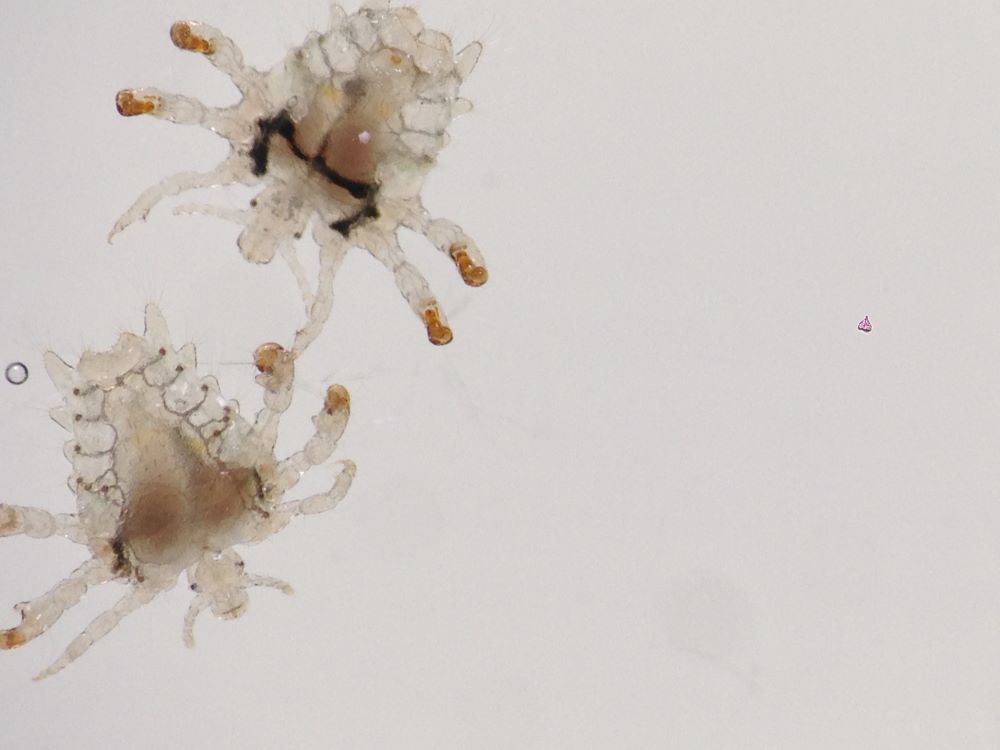
Pubic lice are parasitic insects that occur in coarse hair of genital areas; however, sometimes, they can also be seen in other body hair. Poor hygiene and close contact pass these lice on.
Symptoms: Itching in the pubic area, visible lice or eggs in the hair, and secondary bacterial infections due to scratching.
What Are the Harmful Effects of Diseases That Poor Personal Hygiene Causes?
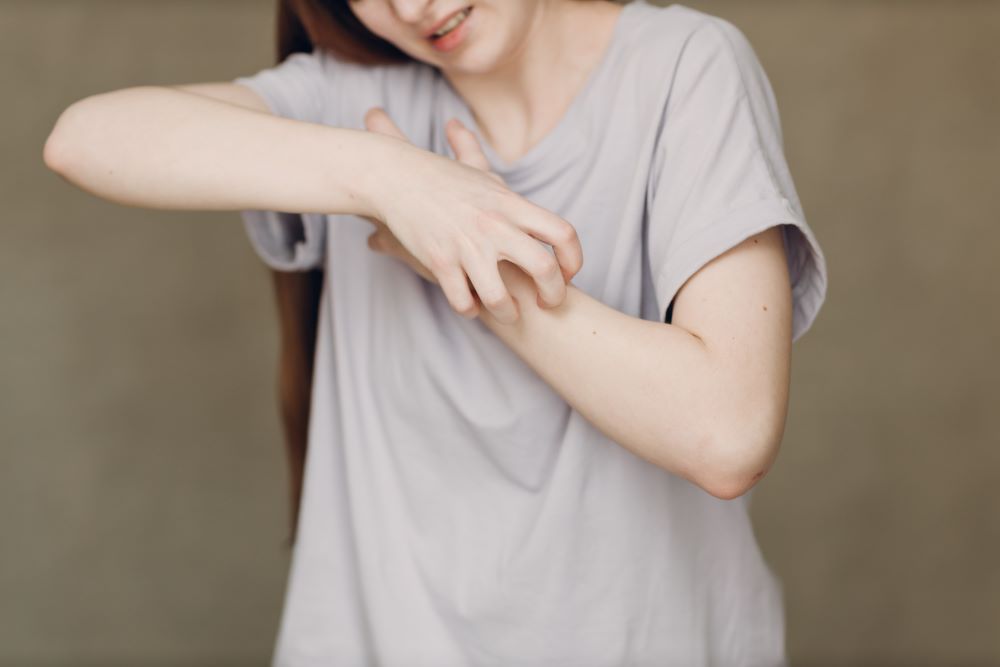
Poor personal hygiene is paramount to maintaining a healthy lifestyle. The diseases caused by poor hygiene have harmful effects like:
Now that you know the harmful effects of the diseases caused by improper personal hygiene, let's learn how to diagnose them.
Risk Factors Associated with Poor Personal Hygiene Diseases
Most diseases are caused by poor personal hygiene. The risk factors that arise from diseases associated with poor hygiene include:
This implies that such risk factors, therefore, can be reduced by good hygiene practices to reduce the potential risk of acquiring such diseases.
How to Diagnose the Diseases that Poor Personal Hygiene Causes?
Early diagnosis is necessary to identify the treatment required. Following methods are used to diagnose diseases caused by poor personal hygiene –
What Is the Treatment for Diseases That Poor Personal Hygiene Causes?
The diseases caused by poor personal hygiene and sanitation can be treated in the following ways:
What Are the Preventive Measures to Control Diseases Caused by Poor Personal Hygiene?
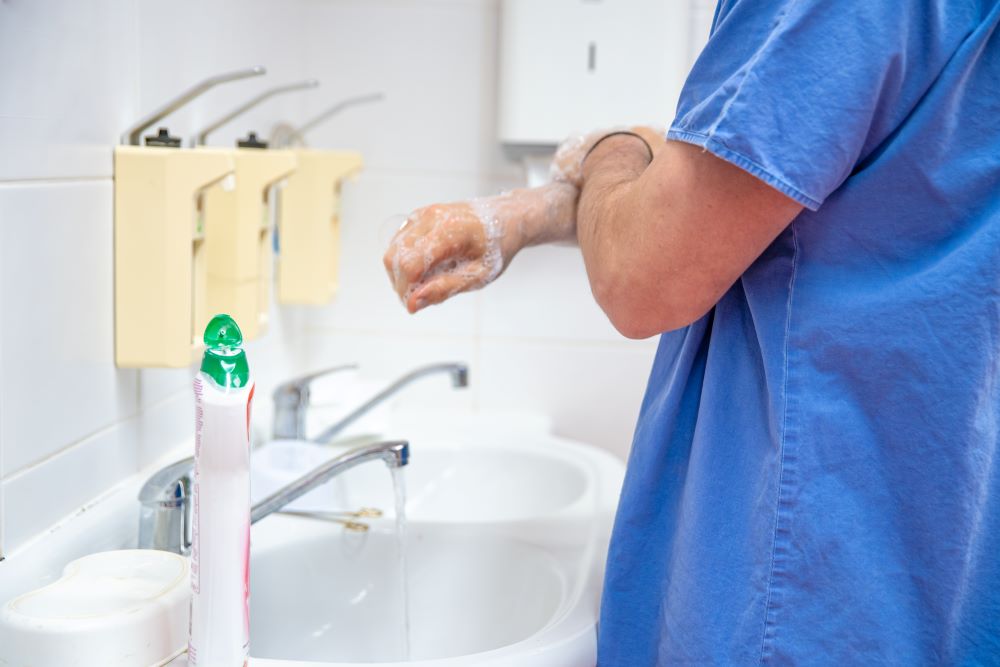
One must take care of their hygiene to prevent the diseases caused by poor hygiene. Here is the list of 13 personal hygiene activities everyone should follow –
- Wash your hair three times a week
- Using coconut oil for your hair
- Brushing your teeth twice a day and flossing
- Getting rid of ear wax
- Using natural deodorants
- Keeping the body cool, especially during summer
- Getting rid of bad breath
- Taking a shower regularly
- Maintain healthy and clean skin
- Keep your feet clean
- Trim and clean your nails regularly.
- Change and launder clothing and bed linens frequently.
- Practise proper hand hygiene.
- Use clean and sanitised personal items.
- Avoid sharing personal items.
- Maintain a clean living environment.
- Wear appropriate footwear in communal areas.
- Stay hydrated and eat a balanced diet to support immune function.
Does Health Insurance Cover Diseases Caused by Poor Personal Hygiene?
Health insurance coverage for diseases related to poor personal hygiene will vary depending on the individual case and the nature of the policy. Most health insurance plans include all possible medical treatments against conditions like scabies, athlete's foot, and bacterial infections resulting from poor hygiene.
The coverage varies depending on the plan; some policies are more extensive than others. Therefore, individual health insurance plans should be reviewed to understand what kind of coverage is carried out and if authorisation is necessary for treatment. Insurance coverage may support medical treatments against hygiene-related diseases but does not pay for preventive measures or personal hygiene items.
Good personal hygiene not only protects you from the aforementioned diseases but also cuts down the risks of COVID-19. Furthermore, proper personal hygiene plays an essential role in an individual's overall well-being and appearance. Neglecting this may leave you vulnerable to several diseases caused by poor personal hygiene. Prioritise your personal hygiene to lead a healthy life free from irritation and embarrassment.














